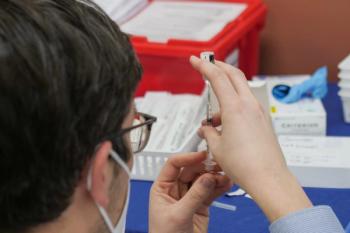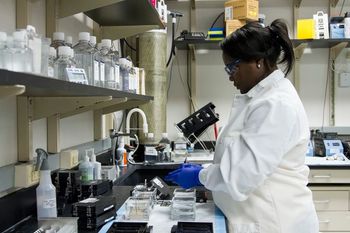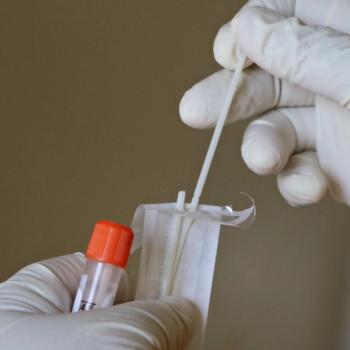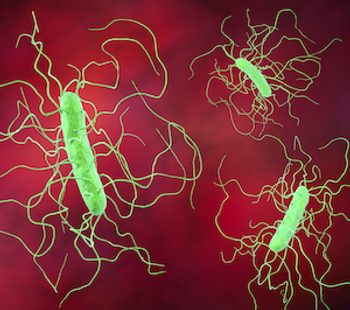
Risk of SARS-CoV-2 infections varies among Latinx residents, with Mayan individuals experiencing the greatest risk, according to a recent study of the evaluated infections in the Fruitvale neighborhood of Oakland, Calif.

Risk of SARS-CoV-2 infections varies among Latinx residents, with Mayan individuals experiencing the greatest risk, according to a recent study of the evaluated infections in the Fruitvale neighborhood of Oakland, Calif.

COVID-19 infections were 13.6 percentage points higher in nursing homes with 50% or more Black residents, and deaths were 3.5 percentage points higher, compared with nursing homes with no Black residents, a new study found.

Regardless of age, Alzheimer’s was seen to be a risk factor for severe disease and death.

The authorization change halves the required dose of the monoclonal antibody regimen, based on recent data.

Tembexa was developed by Chimerix and showed a statistically significant survival benefit.

Those with moderate or severe obesity had a greater risk of hospitalization at 10-month follow up.

A discussion with the CDC’s Flu Czar, Lynnette Brammer, surrounding the upcoming flu season and what we can expect due to the COVID-19 pandemic.

The government agency will be assessing the safety and immunogenicity of an investigational nanoparticle influenza vaccine.

Nanotechnology increased the efficacy of treatment for P. aeruginosa, a lung infection found in severe cases of cystic fibrosis.

Merck moved closer to offering its pneumococcal conjugate vaccine for use in pediatric populations with the recent announcement of positive topline results in 2 phase 3 pediatric clinical trials.

Antibodies produced by memory B cells remembering an older infection could help develop new therapies.

Participants taking methotrexate for an immune disorder did not show an increase in CD8 T cells.

A county-level study of COVID-19 vaccination rates by the US Centers for Disease Control and Prevention (CDC) reveals substantially lower rates in rural than in urban areas in the US.

Patients with moderate to severe pneumonia associated with COVID-19 and high C-reative protein levels may benefit from treatment with the monoclonal antibody tocilizumab, a follow-up study found.

A prospective study suggest co-infections and secondary infections are infrequent among COVID-19 patients, warranting the need for improved stewardship.

Mice treated with diABZI showed reduced weight loss and reduced viral load in the lungs and nostrils.

Maintaining non-pharmaceutical interventions were seen to reduce the spread of infections during computer modeling.

No evidence of an association between genetically predicted vitamin D levels and COVID-19 susceptibility were found in the study.

This is the first oral non-azole treatment for vaginal yeast infections.

Analysis of medications used in California hospitals over the course of 2020 highlights “evidence-based decisions.”

Younger participants in the study had a higher percentage of stokes than seen in the general population.

Hamsters treated with the therapy did not lose any bodyweight and had reduced virus particles in their lungs.

Worries mount in Africa as only 2% of the population has received a vaccine.

If it is approved, this would be the first new antifungal class in the United States in years.

During the COVID-19 surge last year, the federal government stopped the required reporting on healthcare-associated infections (HAI) thus leaving an absence of data and important information on HAI. One study examined the effect the initial pandemic surge had on Clostridioides Difficile infection (CDI) in one hospital.

Do the very freedoms Americans enjoy allow us to make less than optimal choices? And will it prevent us from doing what medical science says is best if needed again?

New research from Emory show a significant difference in institutional antibiotic prescribing after education on the value of PCT testing in infected patients last year.

An assessment of the frontline agents show similarities infection cure and recurrence rates at 30 days.

Rates of acute myocardial infarction were higher in those with genetic risks for familial hypercholesterolemia.